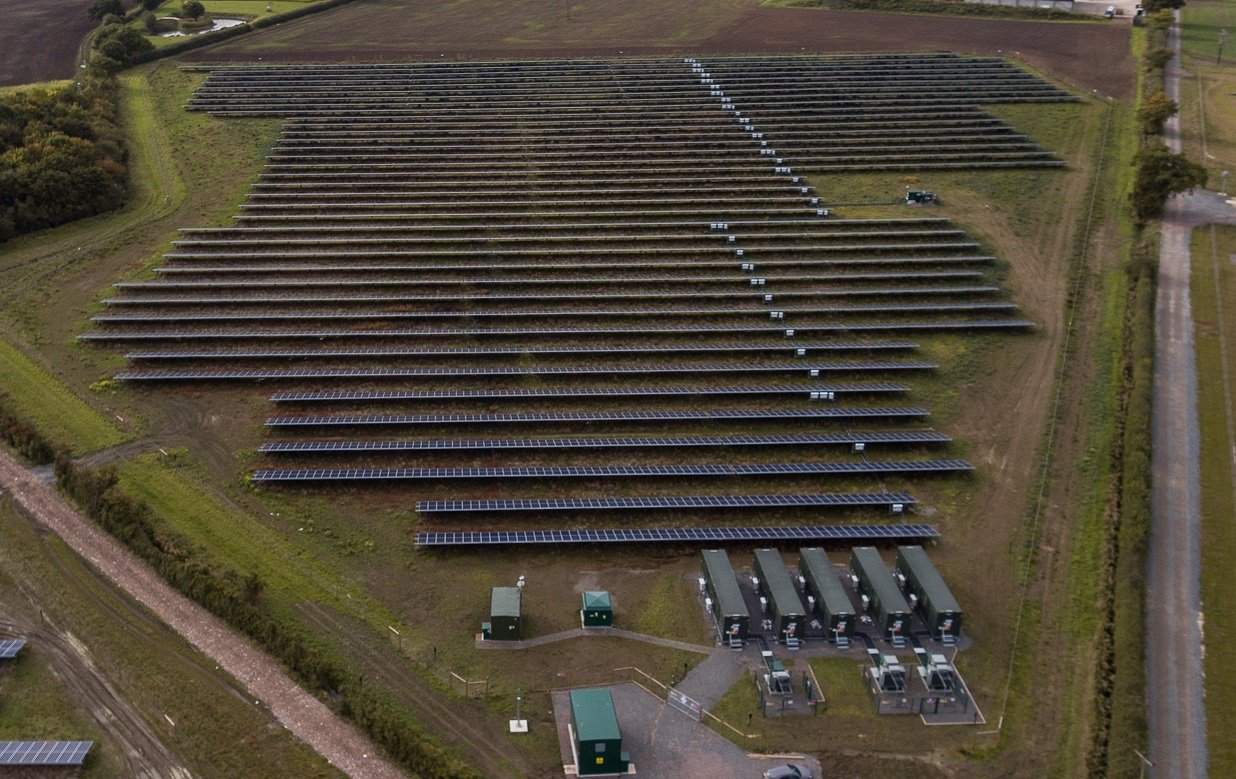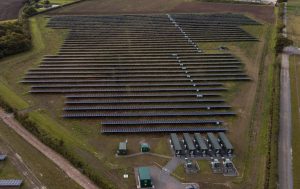I heard a solar developer say that if the solar development was checkers, storage looks like three-dimensional chess, or for some, like a Swiss Army knife.
Storage is complicated, and a new study of the value of energy storage explains some patterns we see in energy storage adoption and deployment. This helps explain why the latest of trends, storage combined with solar or wind, called hybrids, is quickly becoming the most common development mode.
Storage combined with renewables is riding a wave of falling prices and increasing productivity. Competitive solicitations in the western US are selecting renewable energy projects with eye-popping low prices that include batteries able to shift production several hours. Unfortunately, in contrast the organized markets in the eastern US have really struggled to use existing tools, markets and models to understand storage. The model of vertically-integrated utilities in the western states is similar to how most of the world structures utilities.
The International Renewable Energy Agency (IRENA) report Electricity Storage Valuation Framework: Assessing system value and ensuring project viability offers insights into which markets and buyers see value in storage. IRENA describes how storage deployment is strongly affected by two things: 1) the scope of the benefits counted (lower costs to the system, or defined revenues from the market products), and 2) whether utilities that are vertically integrated are better able to recognize a wider range of savings. IRENA approached this framework differently than most, and the insights are very helpful in understanding how storage is continuing to surprise and challenge past practices in the power industry.
Read more: Union of Concerned Scientists





